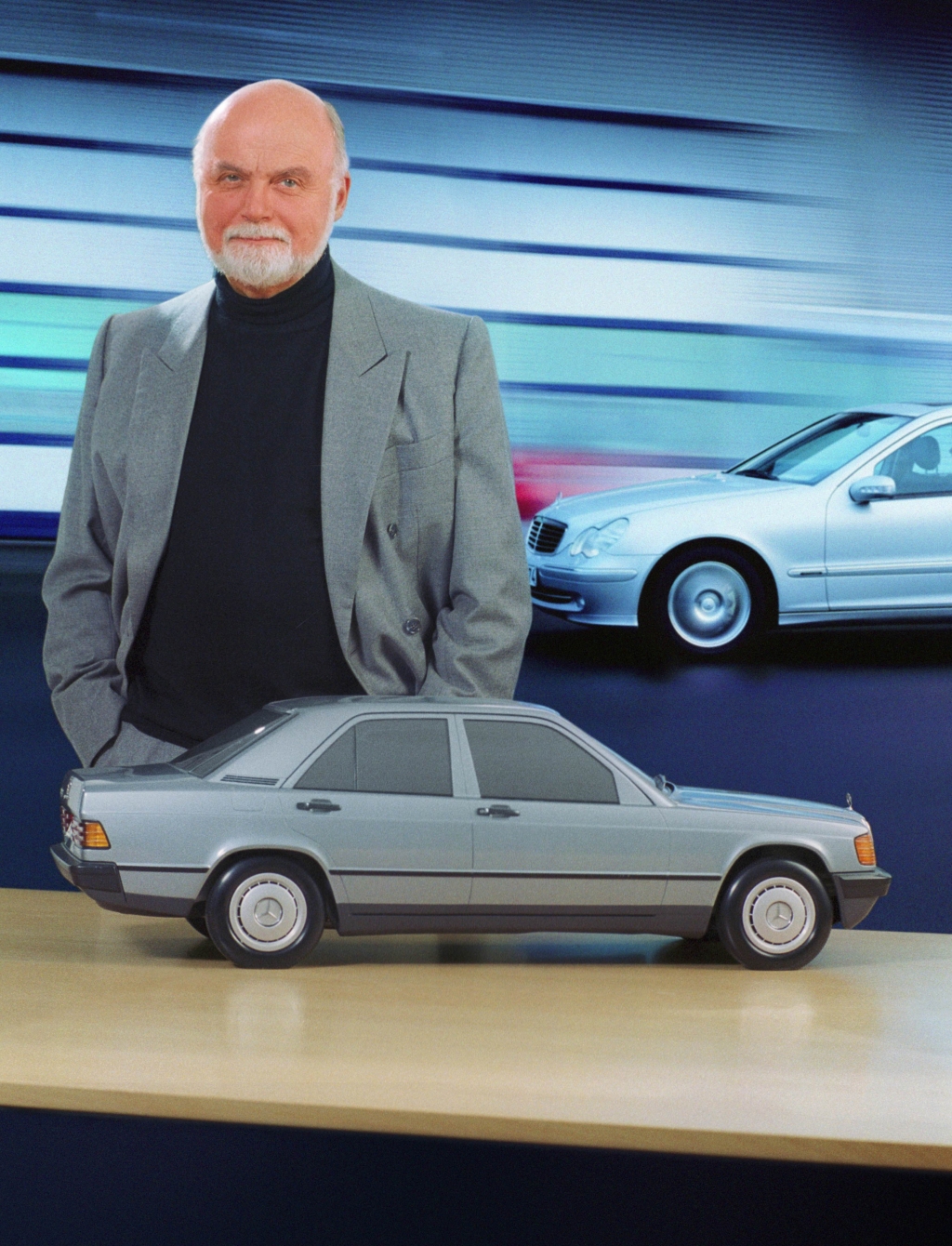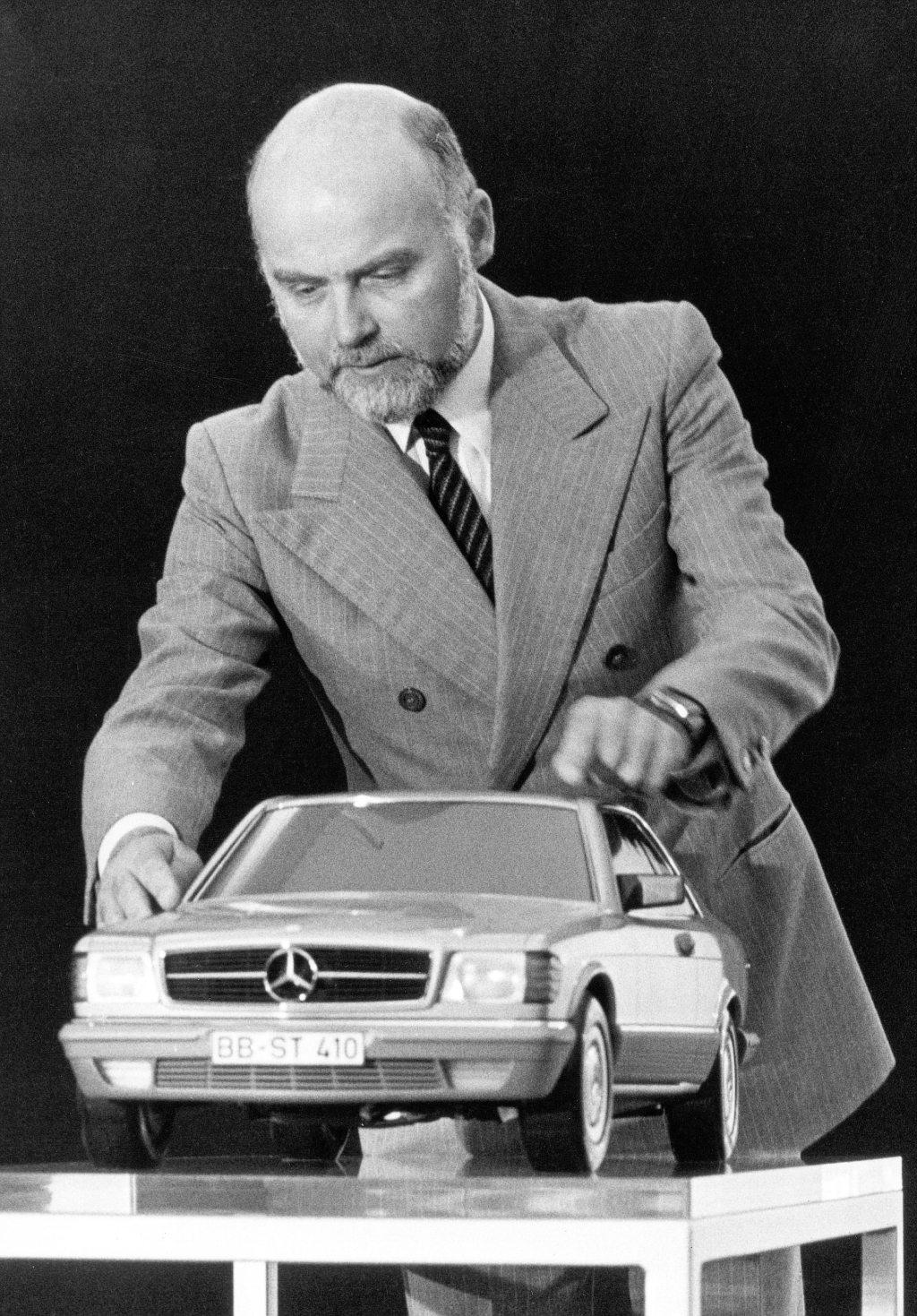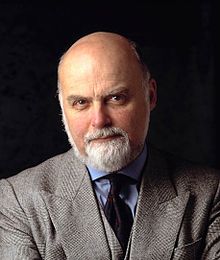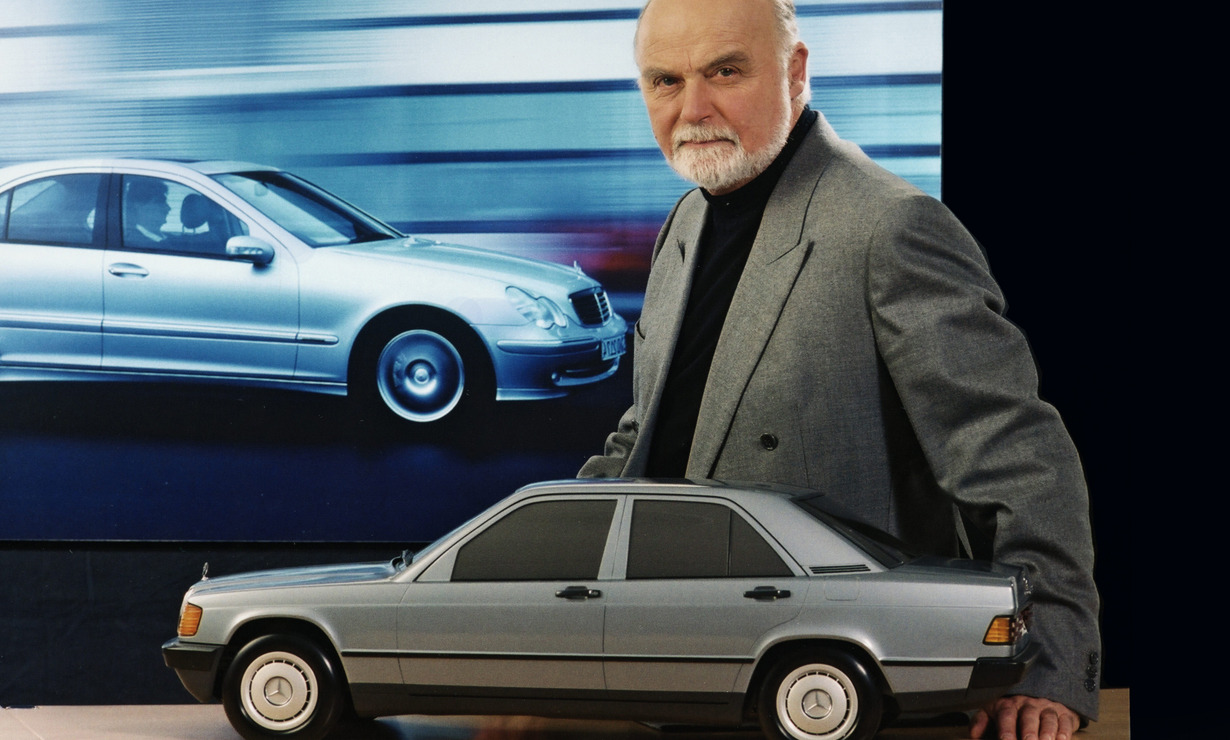Bruno Sacco
Bruno Sacco ( born November 12, 1933, Udine) was 1958-1999 designer and stylist designers at Mercedes -Benz. He was responsible for the design of numerous Mercedes -Benz cars.
Vita
Bruno Sacco was born on November 12, 1933 in Udine, Italy. After his training in Tarvisio and Udine he attended the Polytechnic University of Turin. During his studies he gained in the design office Carrozzeria Ghia first experiences in the field of body - shaping and later took over, both for them and for Pininfarina smaller orders.
Career
1958
- Beginning of his career at Daimler -Benz
- As a stylist and designer, he worked under the direction of Karl Wilfert, Friedrich Geiger and Béla Barényi with on various projects, such as at the Mercedes 600 and the known as " Pagoda" SL roadsters 230, 250 SL and 280 SL model series W 113
- He also took over the design project management for the then National Security exhibitions as well as for the so-called "rolling experimental laboratories ", the experimental vehicles C 111 C111 -I and -II.
1970
- Head of the Department bodywork construction and dimensional concept
- Under his involvement, the ESF prototypes developed ( experimentation safety vehicle ) and the series W 123
1975
- Head of the Department of stylistics (successor of Friedrich Geiger )
- From this time henceforth he coined the appearance of Mercedes -Benz passenger cars. Here, the diesel record car C caused 111 -III ( 1978) and the S-Class of the W 126 series (1979 ) with the Sacco - boards named after him.
1978
- Management of the Department of stylistics
1987
- Appointment as Director of Design by the Board
1993
- Head of Design and member of the director circle
- In this capacity, Bruno Sacco became a mandate function for the design of the products of the Commercial Vehicles.
1999
- In March, handing over the range line to Peter Pfeiffer after 41 years at the Mercedes- Benz design
Awards
In the years his work for Daimler- Benz Bruno Sacco has received numerous personal awards:
Sacco Mercedes -Benz design philosophy
Sacco came from a three-to five -year development period, an average production period of eight years and a service life of around 20 years. Consequently, the design of a Mercedes -Benz must remain nearly 30 years currently, at the same time but also timeless. To ensure the long-term success, Bruno Sacco developed in the 1970s, a Mercedes -Benz design philosophy. There should be created a design family who belongs to any passenger car with the star. The first commandment was: A Mercedes -Benz must be recognized by the public in all cultures of the world as a family member intuitive. And when a Mercedes -Benz will be further developed in the next generation model, then the model series should identity be preserved. Bruno Sacco spoke of a " vertical affinity ". It was considered a key theme of the Mercedes -Benz design philosophy and should guarantee that the predecessor after the presentation of the new generation model does not act out of date.
The second pillar of the Mercedes -Benz design philosophy was the brand identity. She demanded to maintain traditional design features, develop and present in all series next to each other. In this context, there was talk of " horizontal homogeneity ". She found her expression, for example in the design of radiator grilles, front and rear lamps. Although formally differentiated according sedans, coupes and roadsters in details, the viewer should recognize their family membership at once.










